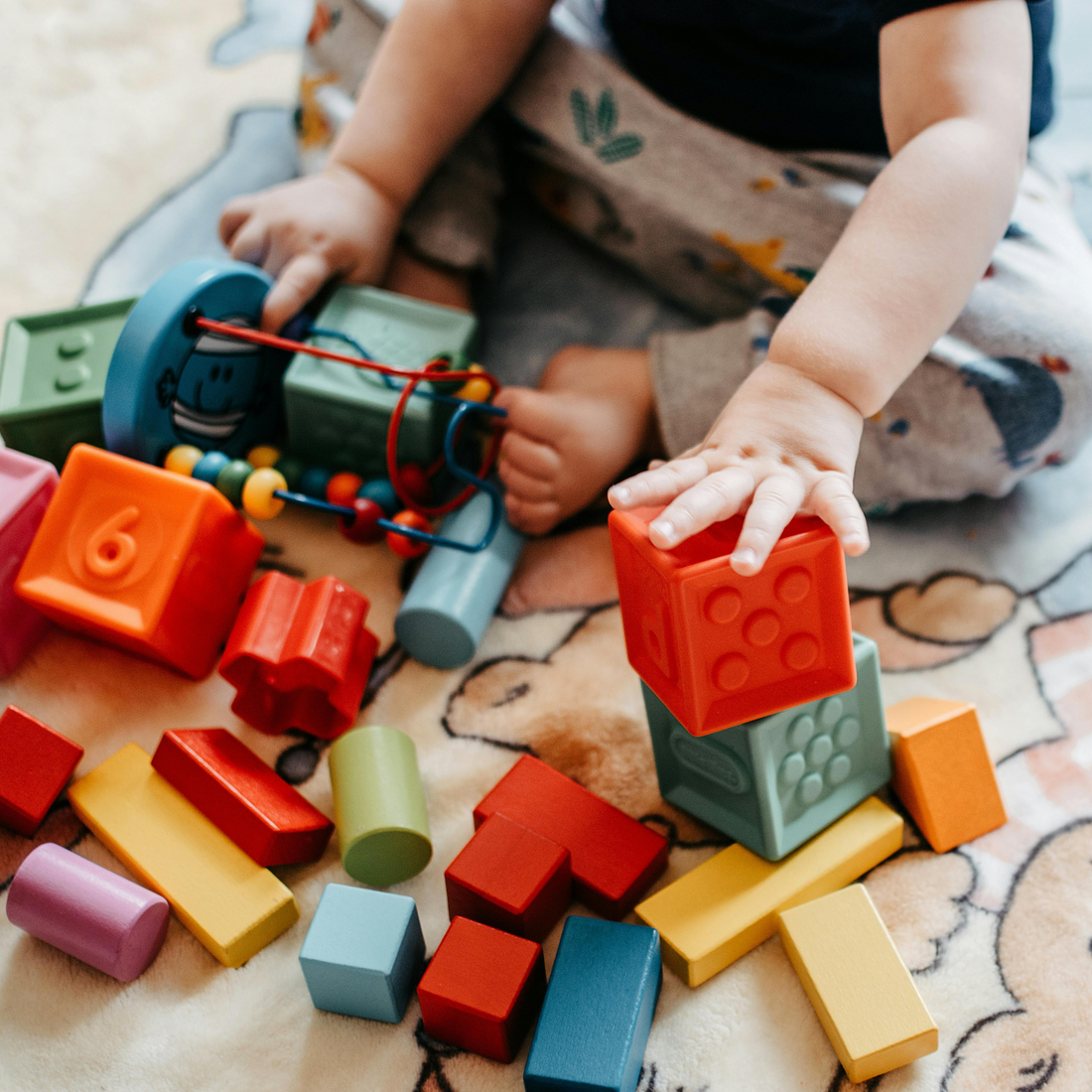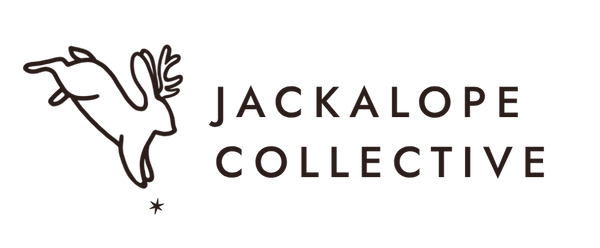
Why Play-Based Learning is Essential for Early Development
Before children learn to read, write, or solve math problems, they play.
Play is a child's first and most natural language. Through games, stories, and rambunctious messes, they begin to explore ideas, express emotions, and build essential problem-solving skills. For young learners, especially those in their Wild Wonderer and Curious Explorer years (ages 1 to 3 and 4 to 5), playful learning isn't optional. It’s essential.
The Neuroscience Behind Play-Based Learning
Scientific research shows that play impacts brain development in measurable ways. For example, studies have found that the prefrontal cortex is refined through play, which stimulates the production of a protein responsible for neuron growth and synapse formation (Gordon et al., 2003). While conversely, play deprivation can negatively affect brain development and limit problem-solving skills (Pellis et al., 2014).
Despite this strong foundation, defining where play ends and formal teaching begins remains a complex challenge. As Parker, Thomsen, and Berry (2022) emphasize:
“Without clear and precise definitions, it remains difficult to know if contributors to the debate are discussing the same concepts.”
Misinterpretations of Play-Based Learning
Because policymakers and lobbyists often lack direct classroom experience, they may misinterpret or undervalue play as a pedagogical tool. This gap in understanding keeps funding and support for play-based learning from being fully integrated into traditional teaching. As a result, teachers and parents are often left to find or create resources themselves, adding to the already hefty list of to-dos involved in teaching and caregiving.
This is why educators and researchers must lead the conversation on integrating playful pedagogies into formal education. Teachers and parents deserve both support and fiscal compensation for this meaningful and developmentally significant work.
One of the most persistent misconceptions among those who fund education, and those who provide it, is the false dichotomy between play and learning:
“The play/learning dichotomy trivializes play as an activity for recess only, or a reward for when the ‘real work’ of learning is done” (Whitebread et al., 2012).
Educators who incorporate play into their teaching often encounter resistance from those who believe structured learning must be rigid and teacher-led. However, empirical data strongly supports play-based methodologies, showing long-term retention, deeper understanding, and improved engagement compared to traditional learning approaches (Parker et al., 2022).
How Play Levels the Educational Playing Field
Far from being a distraction, play is actually a great equalizer in education. Studies suggest that children from diverse socioeconomic backgrounds benefit equally from structured, play-based learning. This is because play:
- Bridges cultural differences by providing a universal method of learning.
- Encourages collaboration and peer interaction, fostering communication skills.
- Supports cognitive, social, and emotional development, helping children gain confidence in their abilities.
- Accommodates diverse learning styles and abilities, fostering a more inclusive and effective learning environment where all children can engage and thrive.
This all aligns with the findings of Parker et al. (2022), who argue that:
“Playful pedagogies can be more effective in fostering social, emotional, physical, cognitive, and creative skills than ‘traditional’ highly guided approaches.”
If play is so beneficial, then the next logical question is: How can parents and teachers incorporate play-based learning into their daily activities?
How to Integrate Printables into Daily Learning
If we accept the importance of play in early development, how can we make it a natural part of daily learning? According to Parker and Thomsen (2019), play-based learning is most effective when it is:
- Joyful: Learning activities should be engaging and fun, not seen as a chore.
- Actively Engaging: Children should interact with materials, rather than passively consuming information.
- Meaningful: The activity should connect to prior knowledge or real-world experiences.
- Iterative: Children should have the chance to experiment, make mistakes, and try again.
- Socially Interactive: Collaboration strengthens communication and teamwork skills.

Here are some ways to incorporate printables into a child’s daily routine while supporting these principles of play-based learning:
- Morning Warm-Up Activities: Start the day with a quick printable activity (coloring, matching, tracing) to gently engage the brain.
- Thematic Learning: Use printables that align with a current topic of interest, reinforcing key concepts in a playful way. This is especially effective in pedagogies inspired by the Reggio Emilia approach.
- Independent Work Time: Printables encourage self-directed learning, allowing kids to complete tasks at their own pace and build confidence.
- Family Involvement: Printable activities can be done together, encouraging family bonding and shared learning experiences across age groups and generations.
- Reflection and Display: Displaying finished work boosts confidence and encourages continued creativity and participation.
The Future of Playful Pedagogies
Research by Parker, Thomsen, and Berry (2022) highlights that successful play-based teaching strategies should include:
- A Guide: Someone to facilitate and scaffold learning, rather than simply instruct.
- Structured and Well-Planned Activities: Intentional and purposeful play with clear learning goals.
- Encouraged Autonomy: Learners are supported in making meaningful choices about the direction of their learning.
- Flexibility: Time, space, and materials are adapted to support play-based learning.
“When learners have the opportunity to practice making meaningful choices about their project or inquiry topic and how it is undertaken, they demonstrate greater engagement, motivation, and a positive disposition toward learning” (Parker et al., 2022).
In other words, play is not an “extra” it’s an essential pedagogical tool. When structured properly, play fosters engaged, independent learners who retain information longer and apply it more effectively. It's literally neuroscience!
With this in mind, we’ve compiled a list of printable activities to help scaffold daily learning. These tools are designed to support both parents and teachers to encourage play-based learning in interactive, accessible, and affordable ways.
Top Play-Based Printable Activities by Age Group
Printables can be more than worksheets, they can be invitations to play! These activity ideas are tailored to each Jackalope age group and grounded in the principles of play-based learning.
Wild Wonderers, Ages 1–3
Focus: Sensory exploration, simple choices, foundational motor skills
- Color-to-Talk Pages – Large, simple illustrations paired with prompts like “What sound does this make?” or “Can you find the red bird?”
- Match & Stick Cards – Printable cards to match with real-world objects (socks, cups, blocks) for hands-on learning.
- Texture Hunt Mats – Picture mats that invite kids to place or point to soft, bumpy, shiny, or squishy objects.
Curious Explorers, Ages 4–5
Focus: Imaginative play, storytelling, basic numeracy & literacy through movement and visuals
- Pretend Play Props – Printable menus, tickets, passports, or animal care charts to use in imaginative games.
- Scavenger Bingo – Indoor/outdoor boards encouraging movement, vocabulary, and visual learning.
- Story Sequencing Cards – Cut-and-order picture cards that spark creative storytelling and logical thinking.
Bright Thinkers, Ages 6–8
Focus: Inquiry-based exploration, creative expression, early logic, and peer collaboration
- Build-a-Scene Printables – Mix-and-match elements (like space, jungle, or city) that encourage storytelling and design.
- Mini Maker Challenges – Prompts like “Design a playground!” or “Build a bridge” with printable planning sheets and items from your recycling bin!
- Science Journal Pages – Printable templates with space to draw predictions, test ideas, and reflect on results in fun, open-ended experiments.
Clever Creators, Ages 9–12
Focus: Independent projects, creative problem-solving, social learning, and goal-setting
- Role-Play Kits – Printable character sheets, mission cards, or creative prompts for team-based storytelling games.
- Passion Project Trackers – Design-your-own printable guides for self-led research, inventions, or artistic pursuits.
- Escape Room-Style Logic Games – Themed puzzle printables that require decoding, reasoning, and teamwork to “solve the mystery.”
Final Thoughts

Play-based learning isn’t just a trend it’s a research-backed, child-centered approach that supports cognitive, emotional, and social development from the earliest years. By incorporating thoughtfully designed printables into daily routines, parents and educators can nurture curiosity, build foundational skills, and make learning joyful and accessible for all children. When we honor the role of play, we create space for kids to grow, explore, and thrive in the classroom and in life.
Explore our growing collection of play-based printables in the Jackalope Collective Shop, and subscribe to Chispa for more insights, resources, and ideas that spark learning and connection.
Thank you for being here, and thanks for reading!
Jackalope Collective 🐇🌈🌈✨


